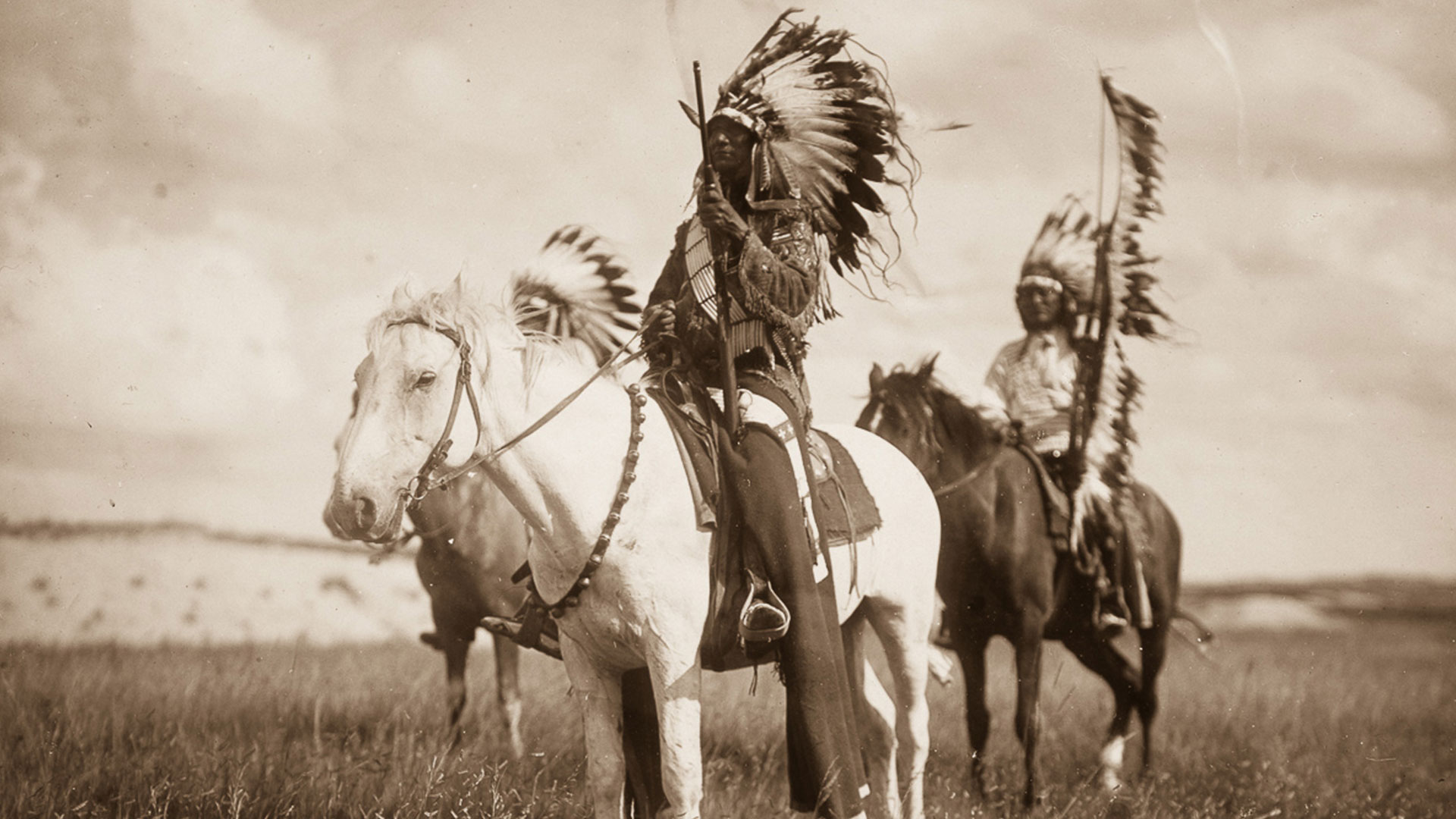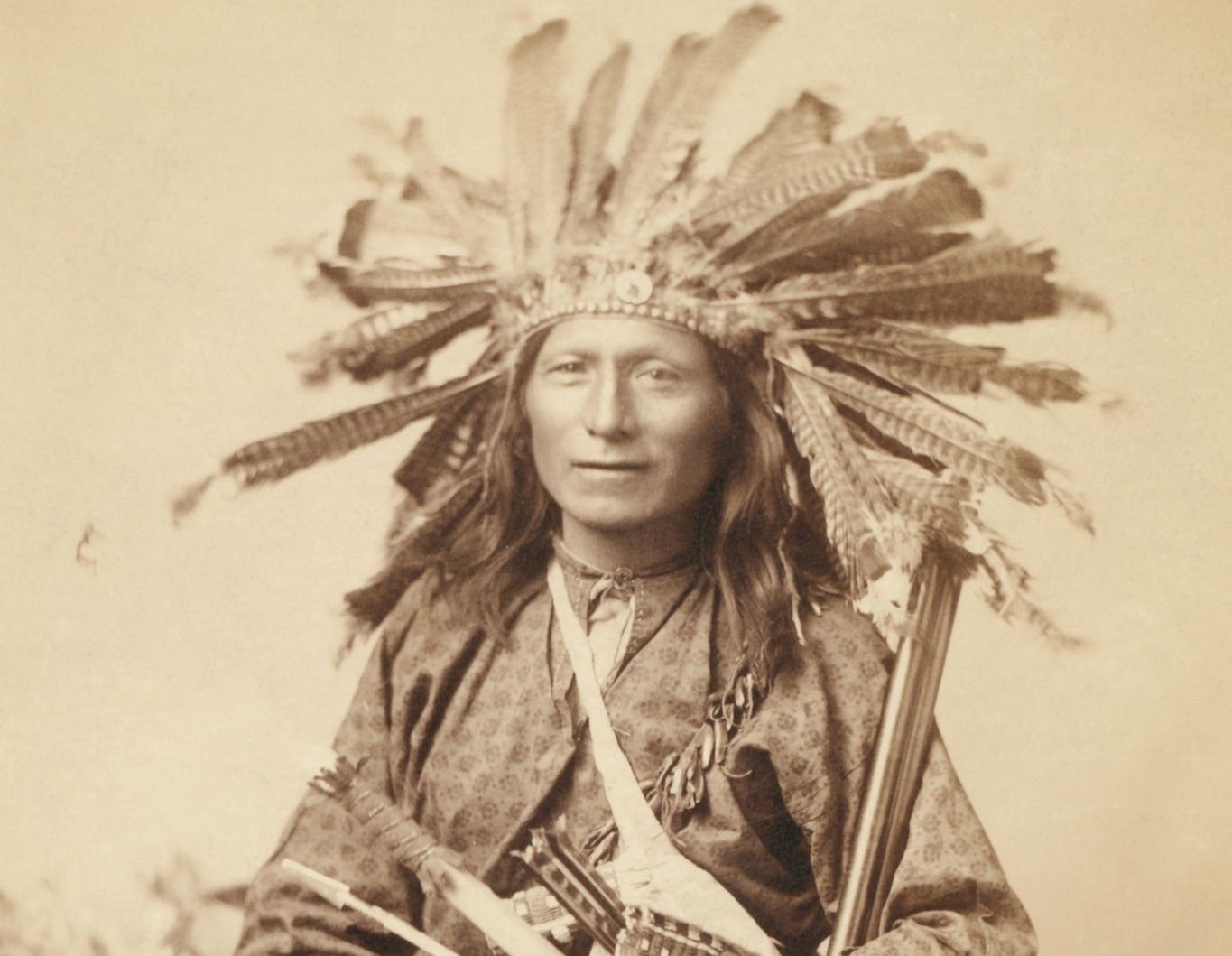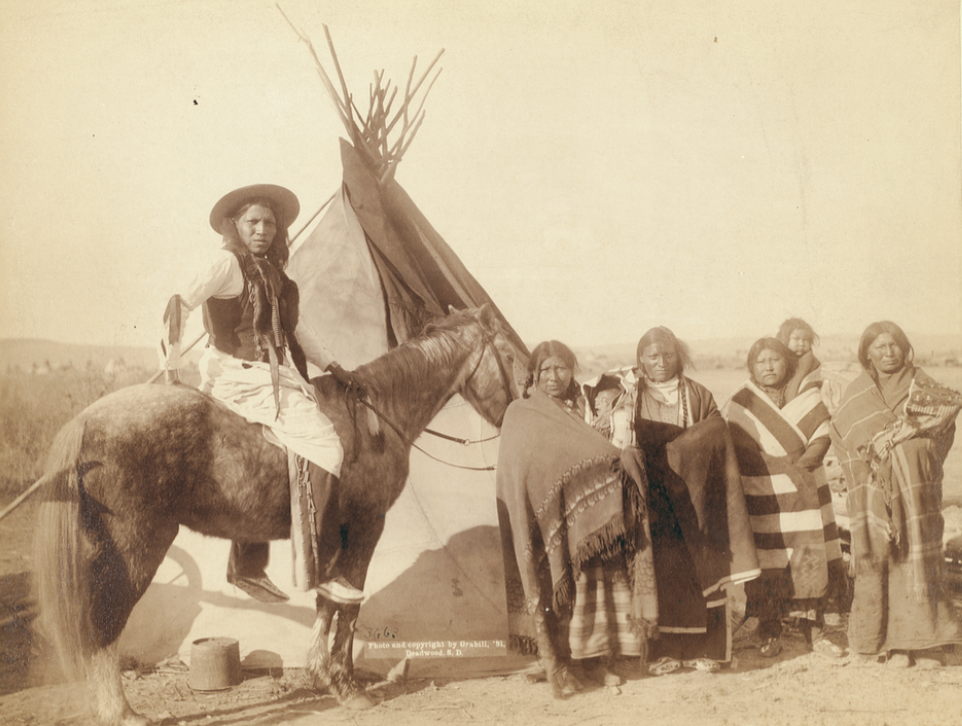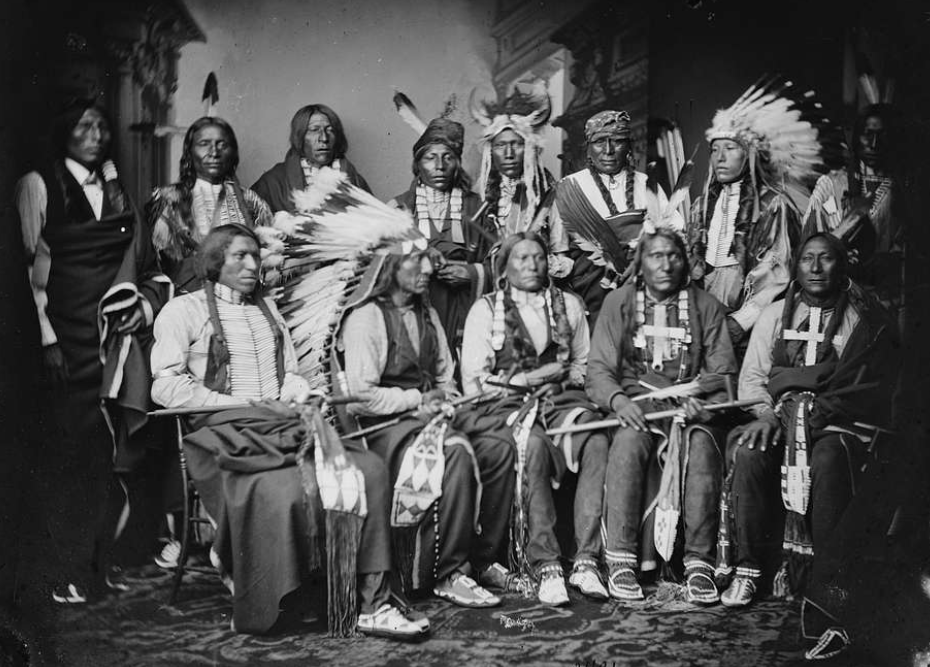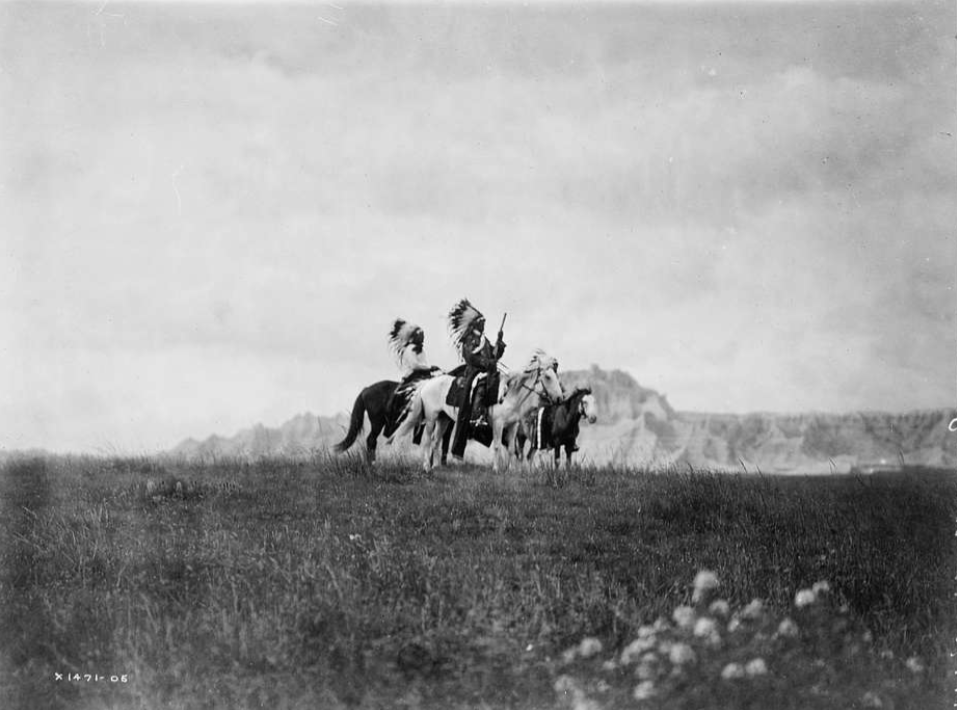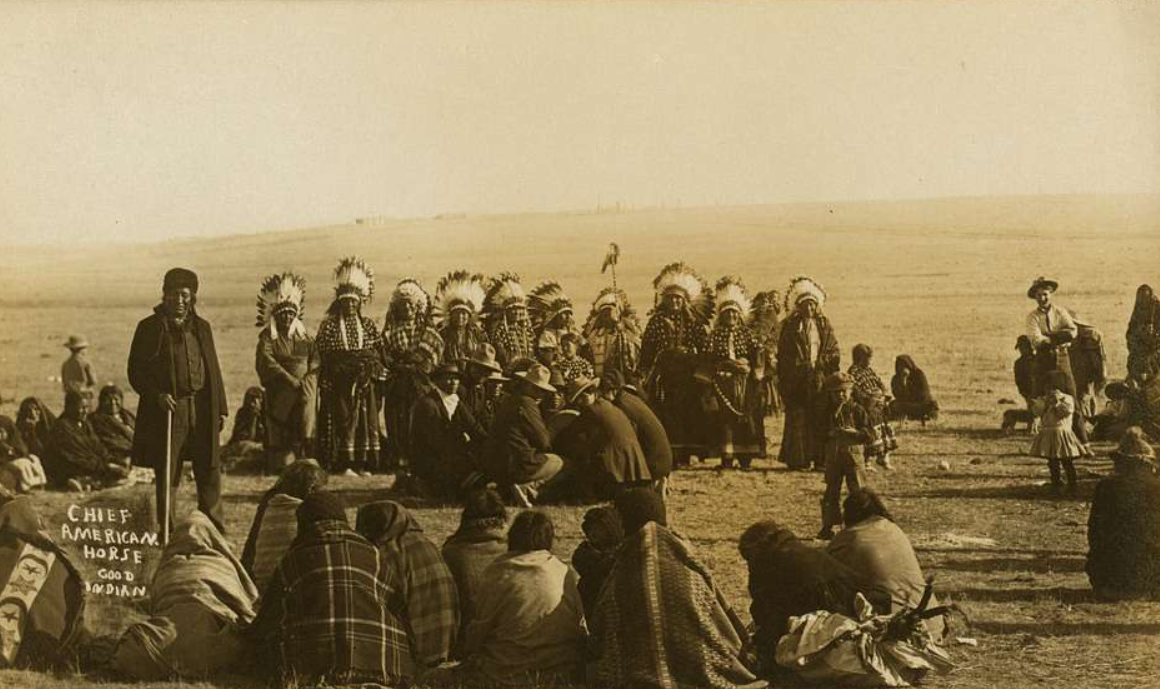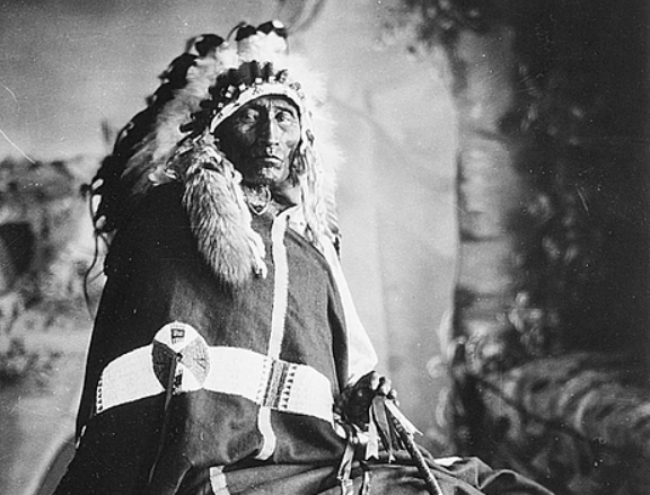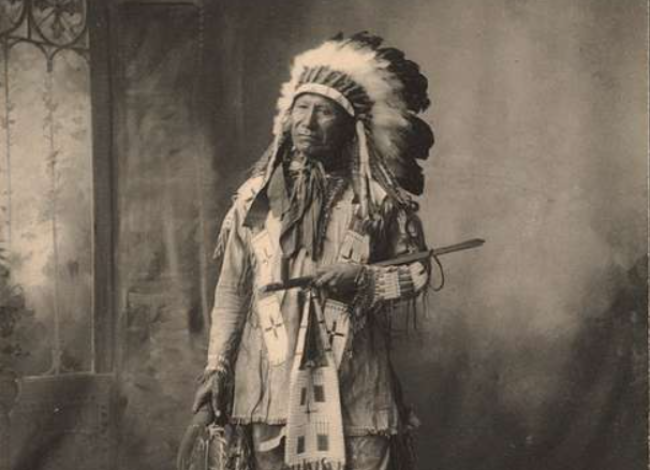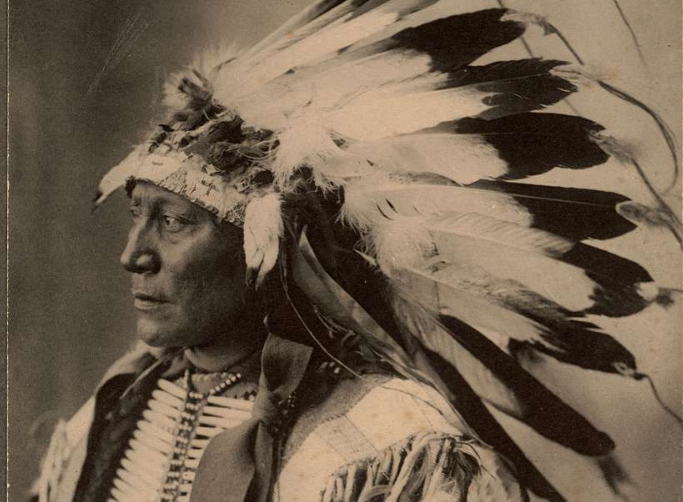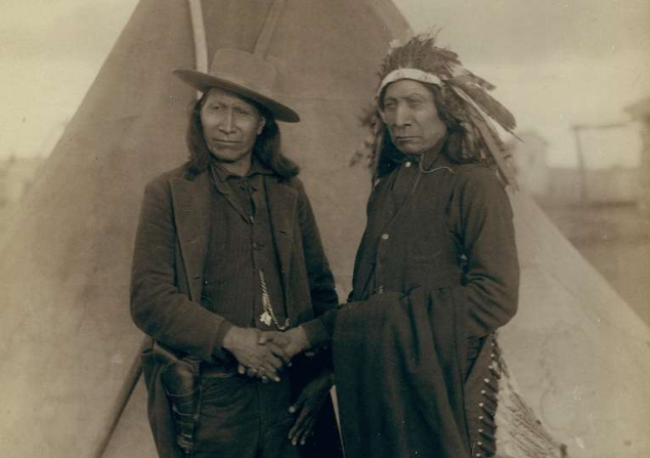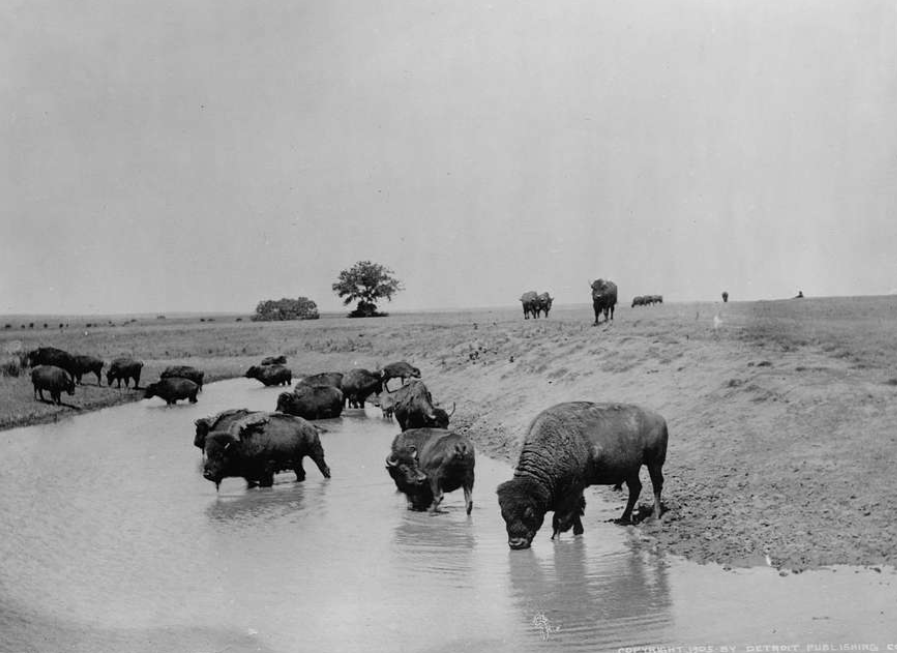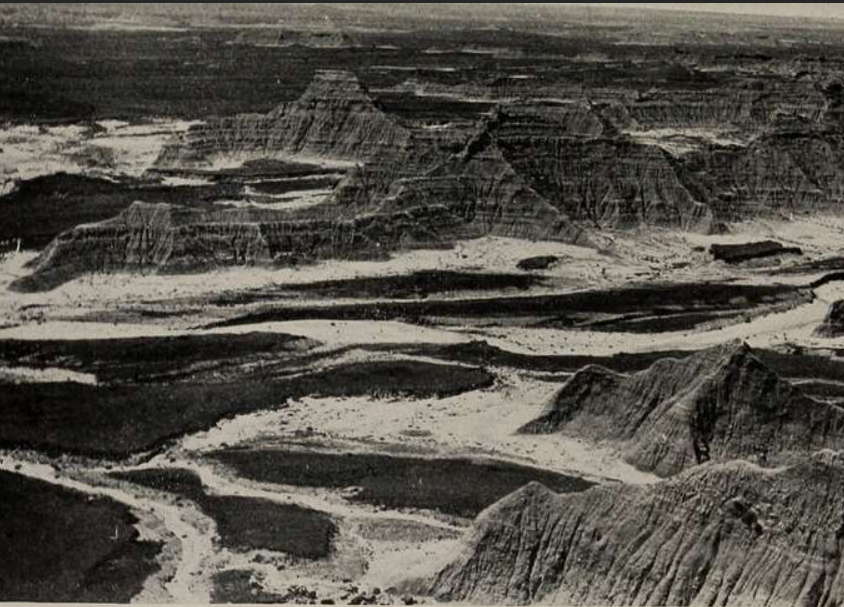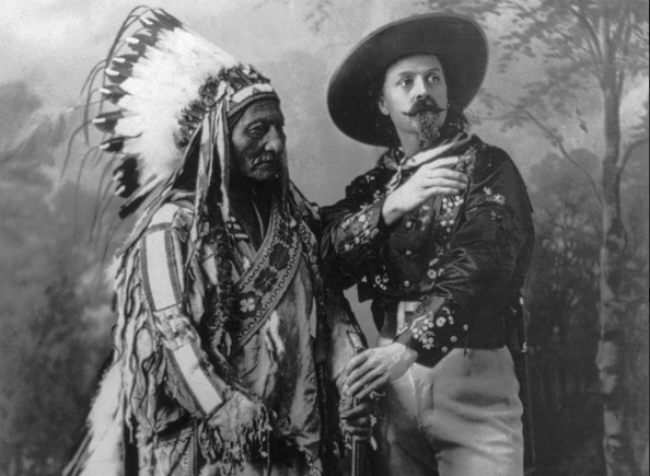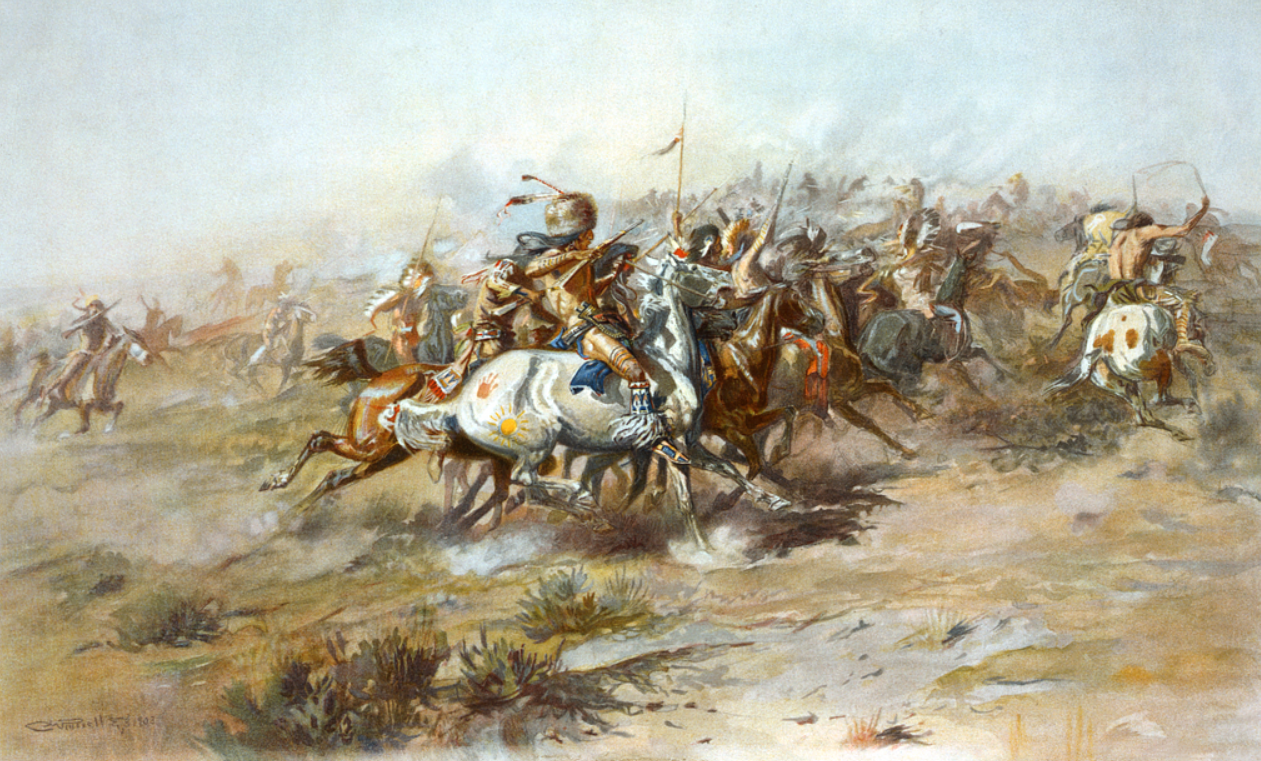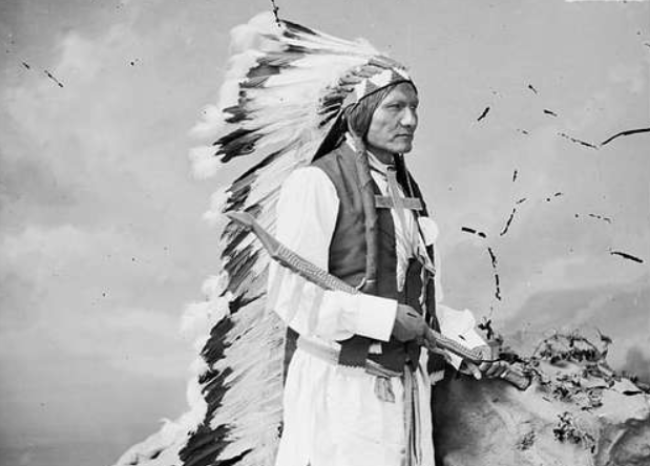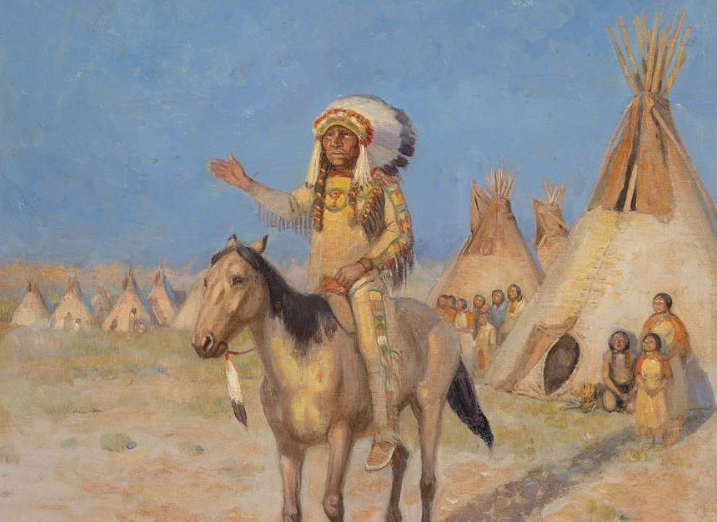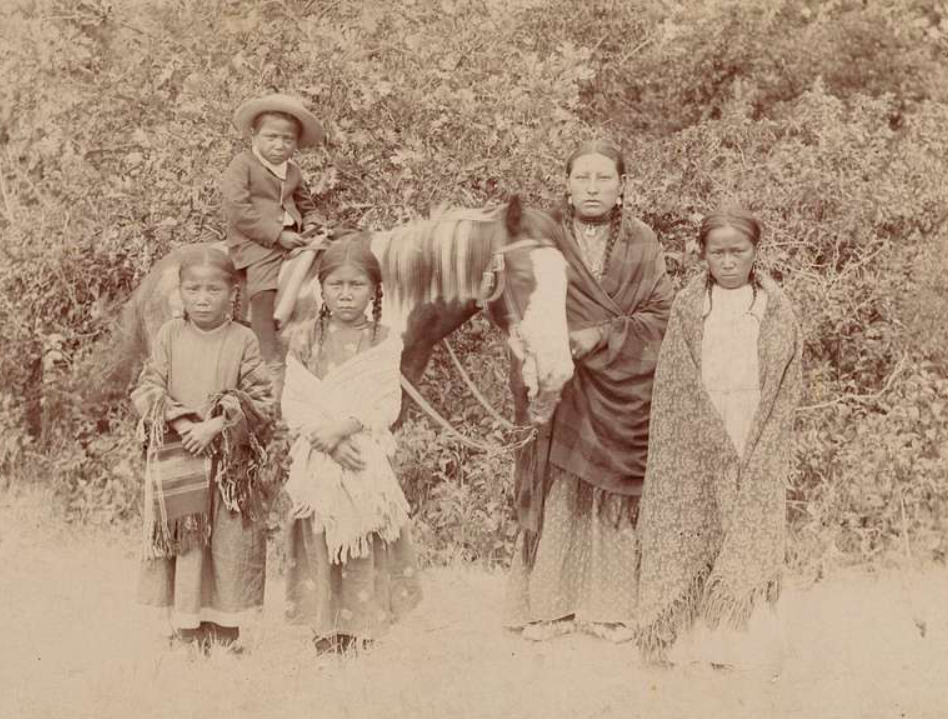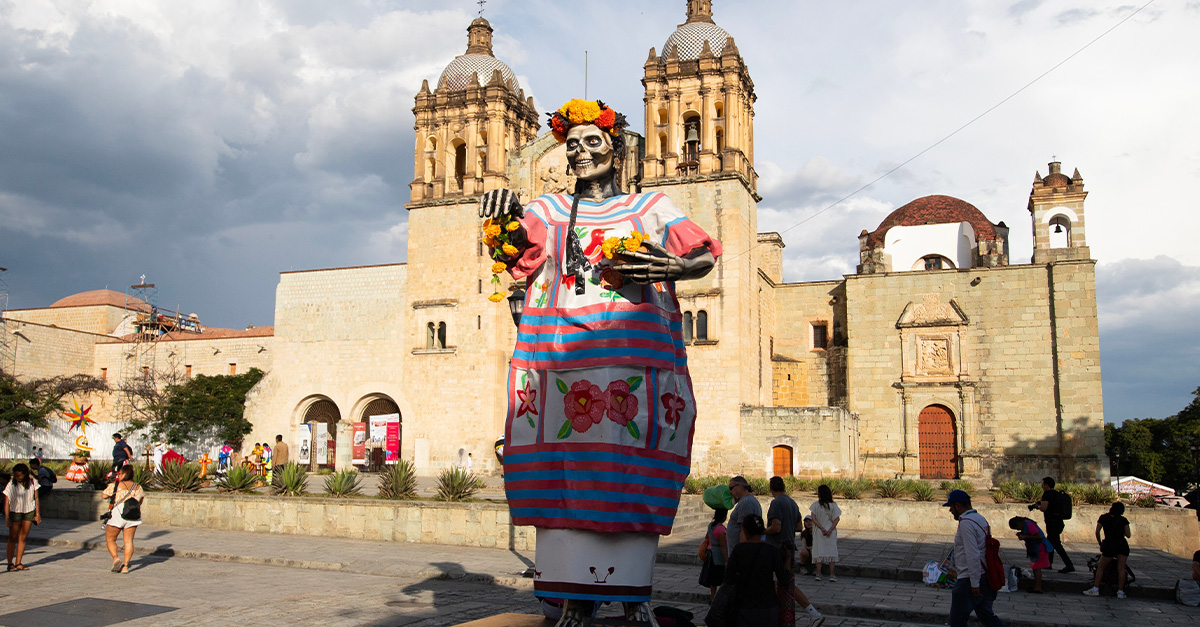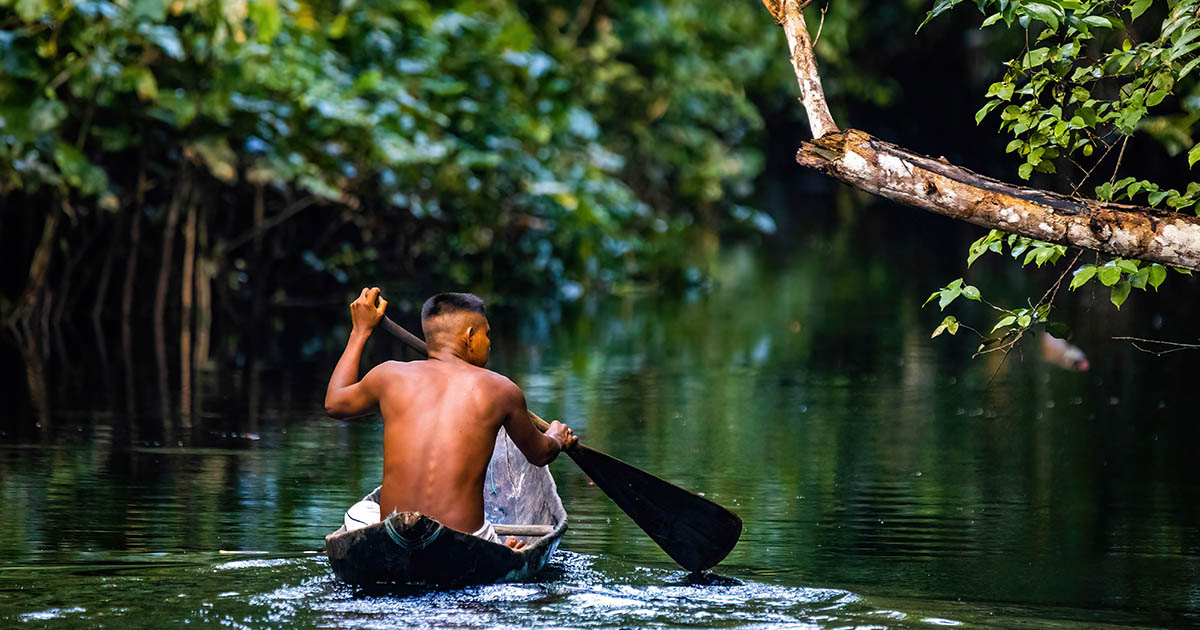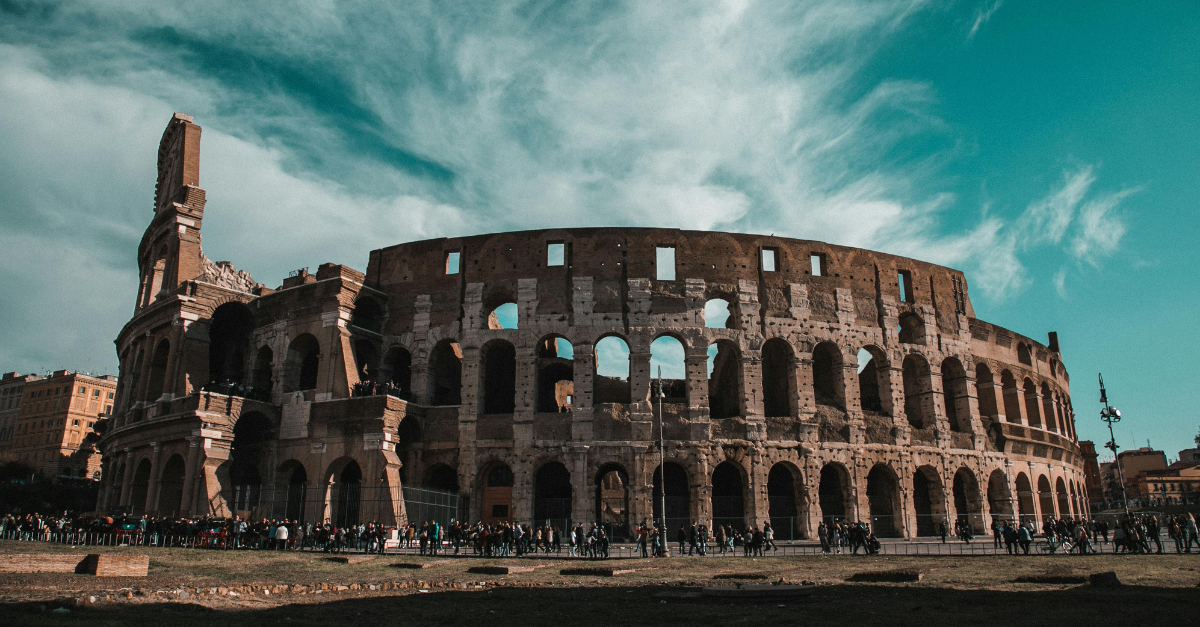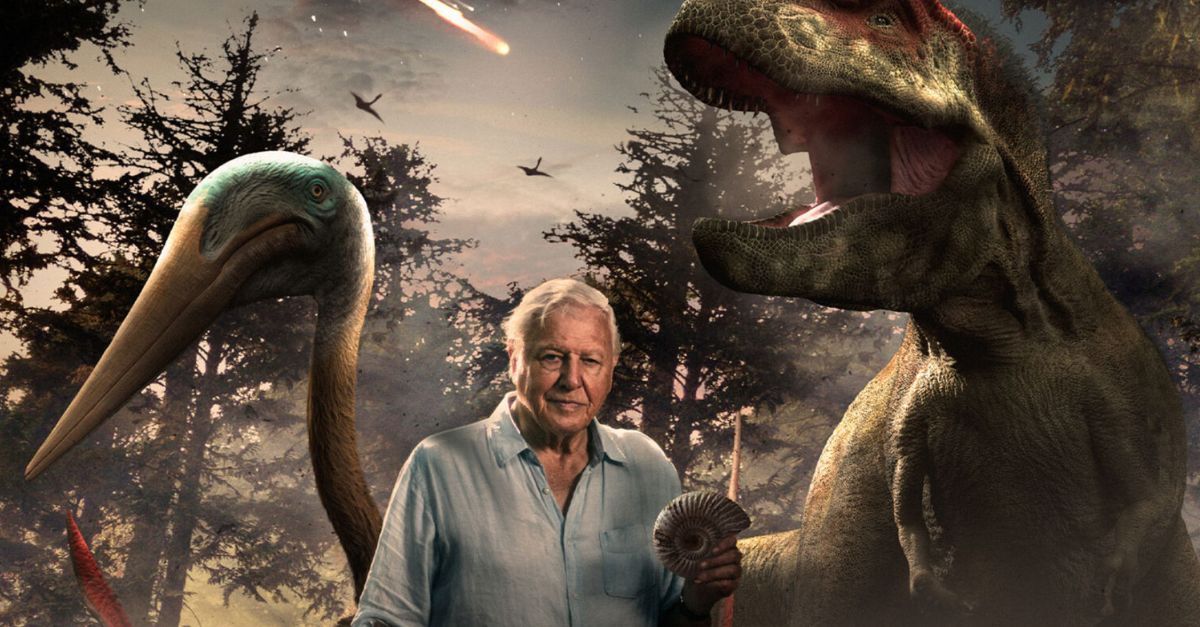People Of The Northern Plains
The Lakota tribe are people of the North American plains who currently live in the Dakotas in the United States, as well as Saskatchewan and Alberta in Canada. However, the Lakota were once a powerful tribe whose traditional lands encompassed a much larger area where they travelled and hunted. Let's look at the incredible history and culture of the Lakota people.

Getting The Name Right
Through the centuries, the Lakota have often been called Sioux. In fact, the name Sioux and Lakota have been used interchangeably. The word "Sioux" apparently comes from the language of the Lakotas' traditional enemies, the Ojibwe, and means “snake” or “enemy”. On the other hand, “Lakota” means “friend” or “ally” in the Lakota tongue, and this is what the Lakota people prefer to call themselves.
The Lakota Language
The Lakota language is one of three major languages in the Sioux language family. Lakota speakers can understand and communicate with speakers of the Dakota language as well. Lakota is one of the most well-preserved of the Native American languages, with over 2,000 speakers. Lakota communities have active language immersion programs to keep their language in common use.
The Bands Of The Lakota
The Lakota people are sub-divided into seven bands: the Brule, Oglala, Sans Arc, Hunkpapa, Miniconjou, Blackfoot, and Two Kettles. These bands formed on the basis of kinship, dialects, and geographic area. They live today in communities throughout North and South Dakota as part of the federally recognized Sioux Nation.
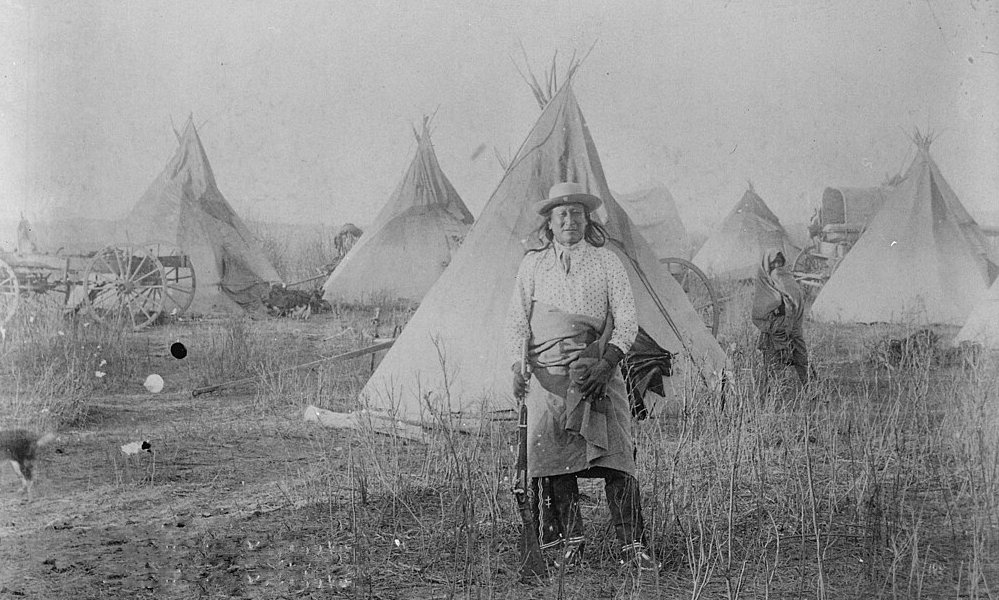 National Archives at College Park, Wikimedia Commons
National Archives at College Park, Wikimedia Commons
Lakota People You May Have Heard Of
The Lakota have always been one of the biggest and most dynamic tribes of the American West. Many of their leaders and warriors gained fame during battles with the US cavalry in the 1800s. These include Sitting Bull, Red Cloud, Spotted Tail, and Crazy Horse. More recently, activists such as Russell Means and William Hawk Birdshead have become prominent voices for the Lakota to improve conditions in their territories.
 David F. Barry, Bismarck, Wikimedia Commons
David F. Barry, Bismarck, Wikimedia Commons
Lakota Beliefs: The Power Of The Natural World
The Lakota people’s spiritual view was that there was life in every part of the natural world. Trees, rivers, rocks, and every living thing had the power of life within it. This belief system, called animism by Europeans, supported a powerful belief in the afterlife. It’s no surprise that the Lakota place a high value on living harmoniously as a part of nature.
Lakota Clothing: Vivid Colors
Traditional Lakota clothing places great importance on colors, and each color has a meaning behind it. Red symbolizes courage, blue symbolizes the sky and water, while yellow indicates the sun’s warmth. Lakota headdresses are a symbol of courage, and are often decorated with eagle feathers as a mark of bravery.
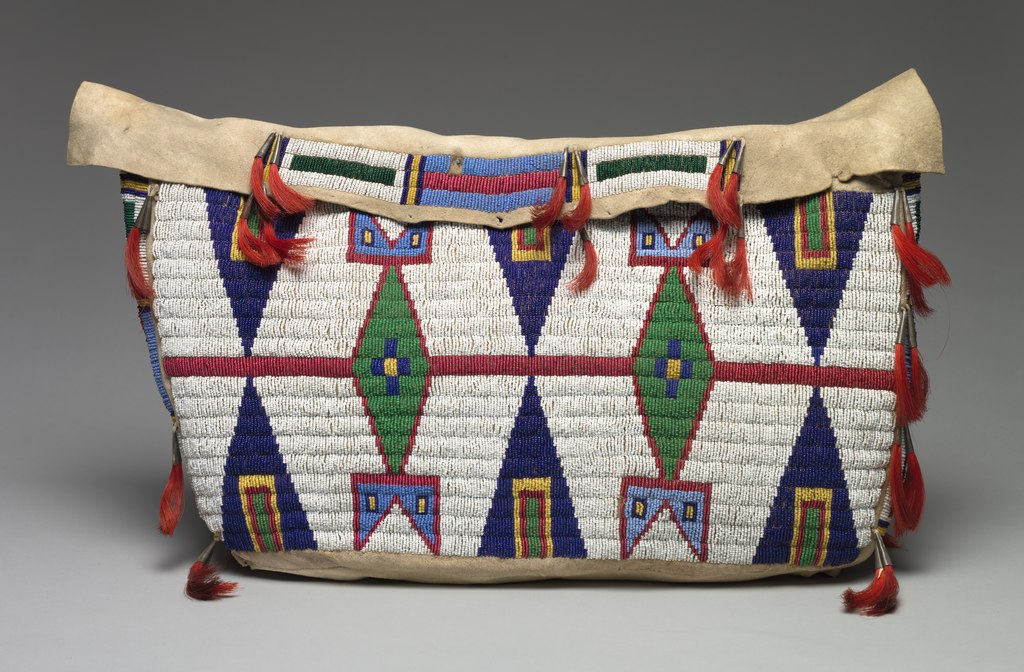 Cleveland Museum of Art, CC0, Wikimedia Commons
Cleveland Museum of Art, CC0, Wikimedia Commons
Lakota Moccasins: Practicality And Beauty
Traditional Lakota moccasins are noted for their complex beadwork, deep and vibrant colors, and practical use as durable footwear for a people on the move in a harsh environment. Every pattern and color in Lakota moccasins carries a symbolic meaning, and represents an art handed down through generations of Lakota people.
 Daderot, CC0, Wikimedia Commons
Daderot, CC0, Wikimedia Commons
Lakota Society: A Nomadic People
Lakota society was traditionally centered around the buffalo hunt. Men were trained to be hunters and warriors, while women took care of children, made clothing, and prepared food. The complex beadwork seen in Lakota garments is an art perfected by Lakota women. The people lived in tipis made of buffalo hides, which were easy to set up, take down, and transport. But the Lakota weren’t always buffalo hunters.
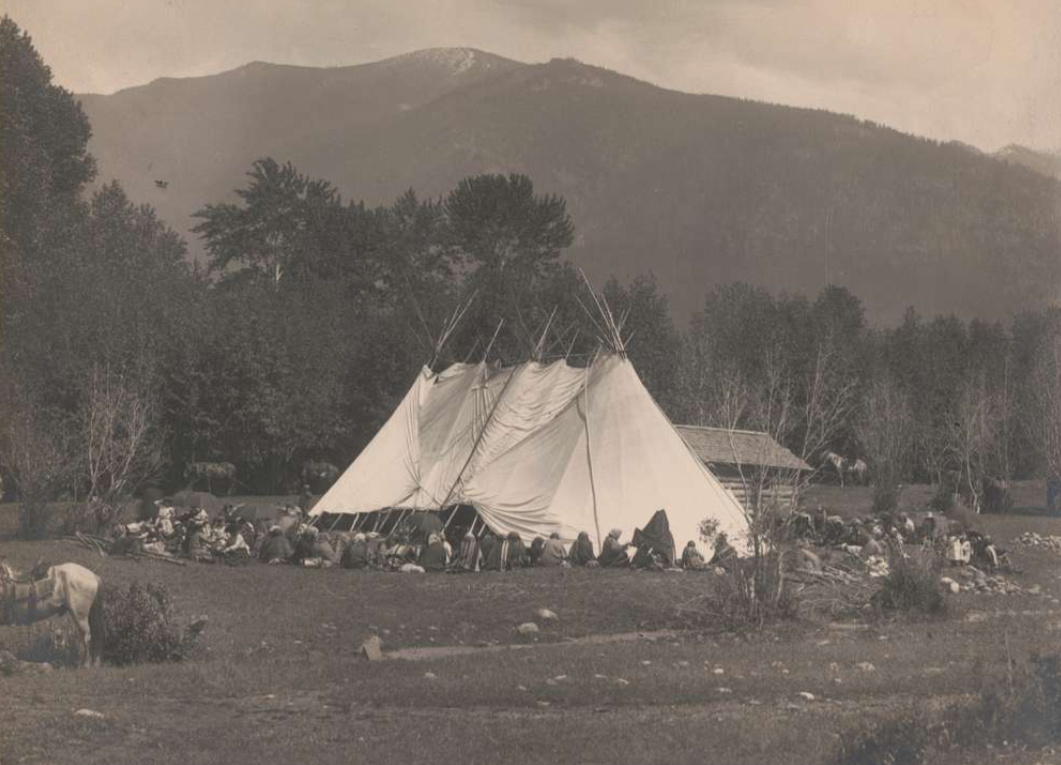 eorge T. Clinton, Deer Lodge, Mont, Picryl
eorge T. Clinton, Deer Lodge, Mont, Picryl
Lakota History: The Deepest Roots
The record of Lakota history dates back to 900 AD, the earliest recorded winter count. The winter counts are records that native people wrote on animal hides in order to mark the passage of time and important events. The tribes of the Great Plains were especially dedicated users of winter counts throughout their history.
White Buffalo Calf Woman: Where It All Began
The Lakotas' traditional history begins with the story of White Buffalo Calf Woman. The Lakota were suffering famine when two hunters saw a beautiful maiden clad in white buckskin. One of the hunters tried to seize her but vanished in a cloud of smoke. The other hunter watched and listened in awe as the woman gave him instructions for the ceremonies that would help the Lakota rise again. The Lakota have performed these ceremonies ever since.
Early Days Of The Lakota
The earliest records of the Lakota don’t offer exact information about where they lived in the earliest centuries of their existence. Some historians believe that the Lakota started out in the lower Mississippi valley and subsequently migrated upstream; others believe that the Lakota lived closer to the Great Lakes and contributed to the rich mound-building cultures that thrived in the region.
Hunting, Fishing, And Some Farming
The Lakotas’ oral history and legends indicate that prior to European contact, they lived in forested areas near Lake Superior, where they hunted, fished, gathered wild rice, and grew corn, though the area was at the outermost limit of suitability for farming.
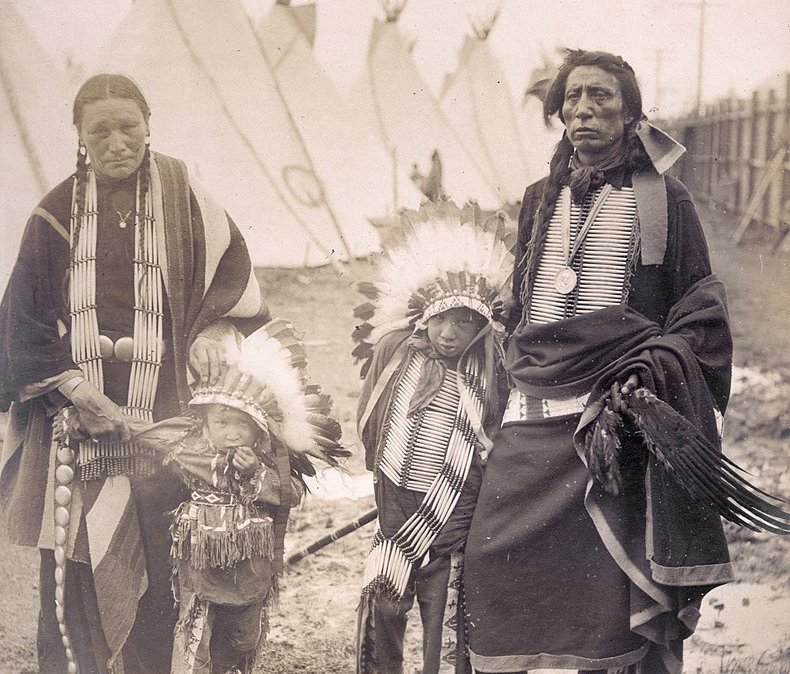 Jessie Tarbox Beals, Wikimedia Commons
Jessie Tarbox Beals, Wikimedia Commons
Centuries In The Upper Midwest
The 1600s saw the Lakota culture firmly developed in the upper Midwestern states of Iowa, Minnesota, Wisconsin, and into the Dakotas as well. But this region brought the Lakota into conflict with another powerful tribe in the area.
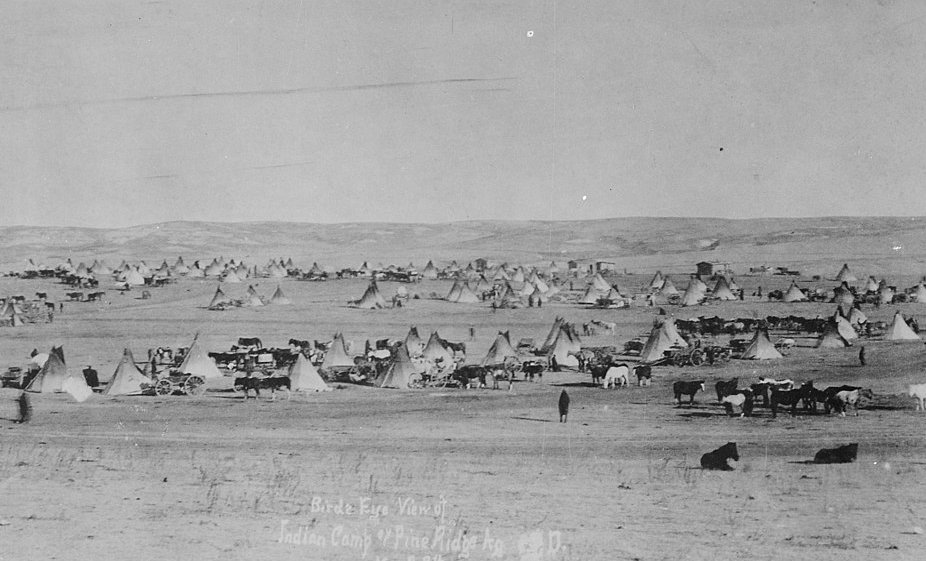 National Archives and Records Administration, Wikimedia Commons
National Archives and Records Administration, Wikimedia Commons
Conflict And Westward Migration
The Anishinaabe and Cree people were both powerful tribes in the Great Lakes regions. The forests, meadows, and rivers of the region were the scene of an increasing amount of conflict as the 1600s drew on. Rather than continue struggling with their powerful Anishinaabe and Cree neighbors for scarce resources, the Lakota people moved west. The Great Plains were a new beginning for the Lakota.
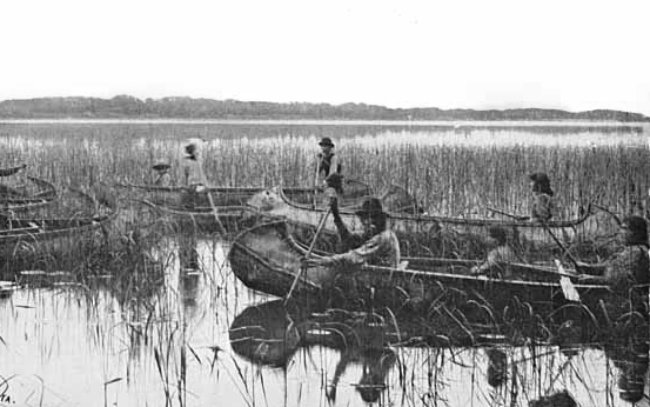 Unknown Artist, Wikimedia Commons
Unknown Artist, Wikimedia Commons
Saddling Up
The Lakota had always travelled and hunted on foot. But soon after they moved into the Great Plains region, they came into contact with the Cheyenne tribe, who hunted on horseback. This was a far more suitable way to get around for the Lakota, and opened up a new opportunity.
The Buffalo Hunt
The Lakota people quickly mastered hunting on horseback and thrived from following and hunting the vast herds of buffalo that roamed the northern plains. The animals were a source of food, clothing, and many other useful items. The Lakota population grew as the 1700s went on.
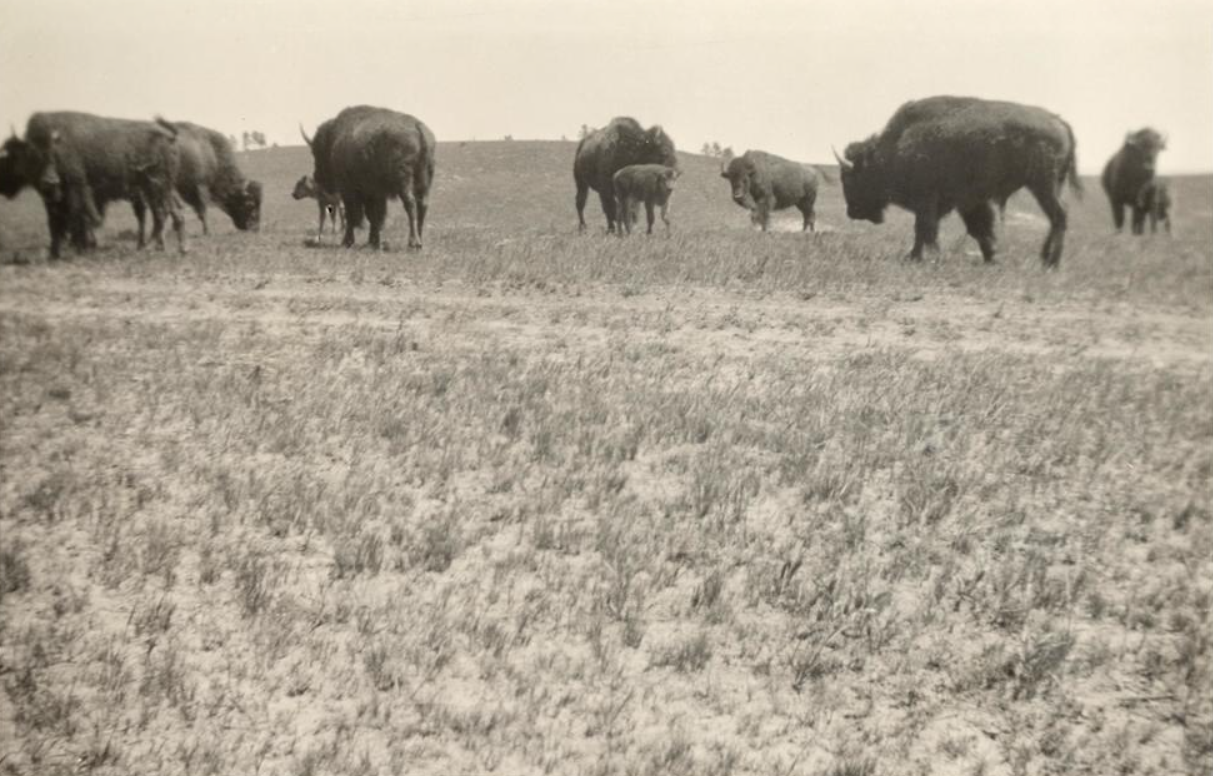 The U.S. National Archives, Picryl
The U.S. National Archives, Picryl
On The Banks Of The Missouri River
By the mid-1700s, the Lakota people were becoming much more numerous, but they were still confined to the east banks of the powerful Missouri River. Other major tribes were situated nearby who prevented the Lakota from migrating west across the Missouri. But that situation would soon change.
Their Rivals Disappeared
The coming of a smallpox epidemic in the 1770s decimated the Arikara, Mandan, and Hidatsa peoples who had previously thwarted Lakota migration west of the Missouri. In the epidemic’s aftermath, the path was open for the Lakota to move out into the vast open plains of the Dakotas and westward.
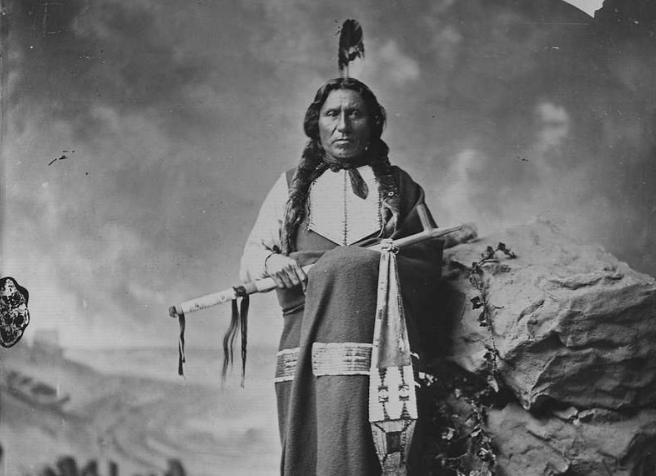 U.S. National Archives and Records Administration, Picryl
U.S. National Archives and Records Administration, Picryl
The Pride Of The Plains
The vast territory of the northern plains of the Dakotas allowed the Lakota people to spread out further westwards into plentiful hunting grounds. The Lakota had mastered hunting on horseback for several generations as their culture began to find more room to prosper. But there was an even bigger surprise waiting for them.
 Karl Bodmer, Wikimedia Commons
Karl Bodmer, Wikimedia Commons
A Sacred Land
As Chief Standing Bear and his Lakota migrated west, they found a land that seemingly rose out of nowhere from the flat prairies. Now known as the Black Hills, the area was already recognized as sacred by its then-residents, the Cheyenne. But this enchanting land proved an irresistible prize for the Lakota, whose amazement at the discovery soon became a desire to claim the beautiful land for themselves.
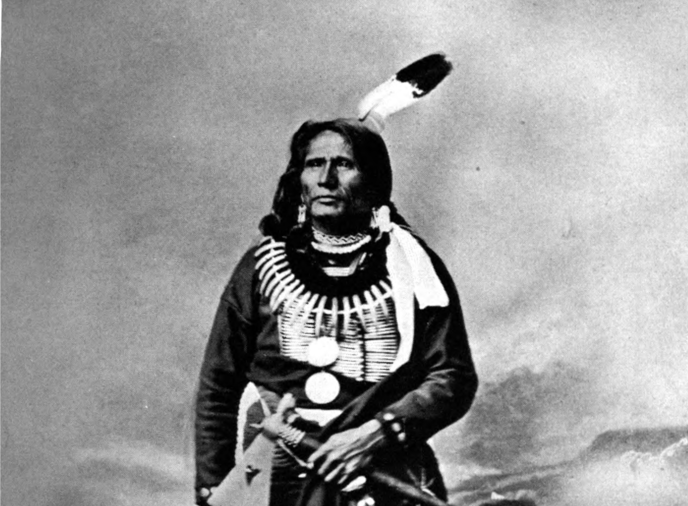 Seth K. Humphrey, Wikimedia Commons
Seth K. Humphrey, Wikimedia Commons
A New Homeland
The Cheyenne people had no intention of giving up their Black Hills territory. But the Lakota were far too powerful, and they took over the territory. The Black Hills have since become known as the center of Lakota culture. But conflict was far from over.
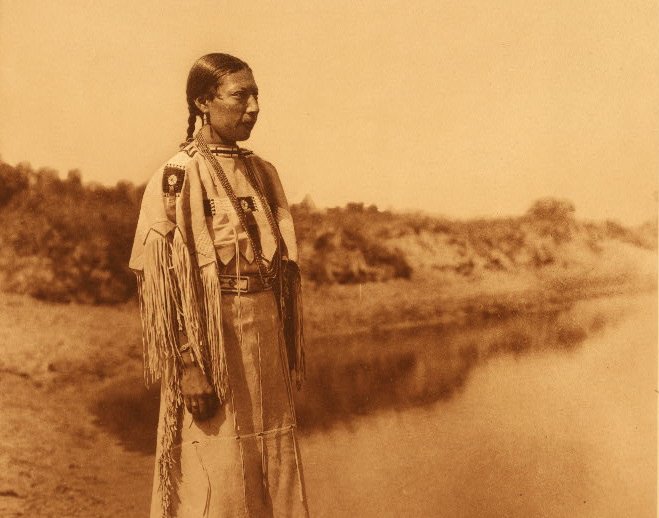 Edward S. Curtis, Wikimedia Commons
Edward S. Curtis, Wikimedia Commons
First Encounter With The United States
The Lakota had, so far, managed to avoid any confrontations with the United States. But US independence and the relentless westward movement of the Europeans made conflicts inevitable. The first confrontation came in 1804 during the Lewis and Clark expedition, as the Lakota at first refused to allow the travellers to cross the Missouri. Armed conflict was avoided and a passage negotiated, but more troubles lay ahead.
 Alfred Jacob Miller, Wikimedia Commons
Alfred Jacob Miller, Wikimedia Commons
Trading Posts And Confrontation With The Arikara
The year 1823 saw the Lakota join forces with the United States to fight the Arikara people who wanted to have their own hunting and trading activities west of the Missouri. The promise of spoils from the defeated Arikara and greater power west of the Missouri was a strong inducement to the Lakota to help out the United States army. But the Lakota could not avoid conflict with the US for much longer.
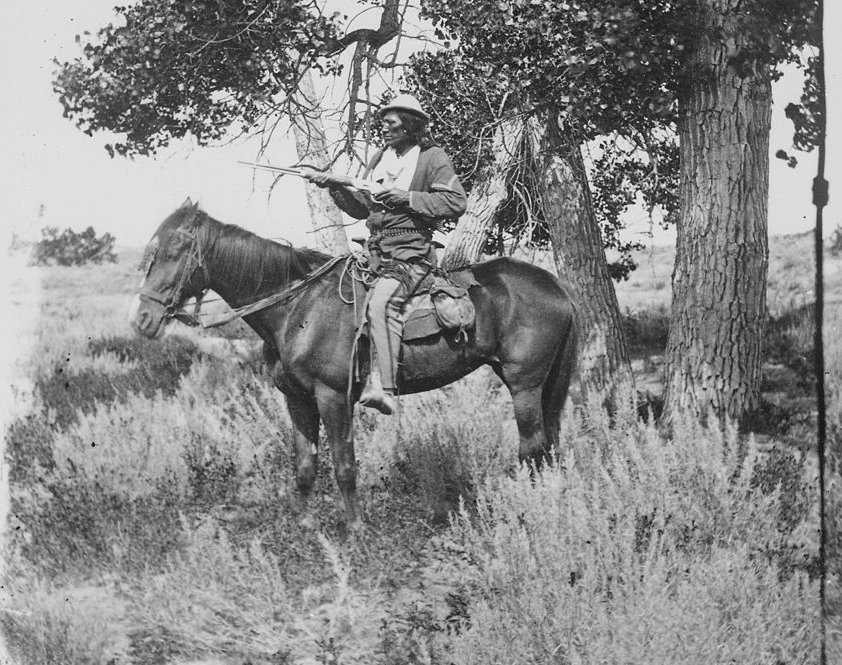 Unknown Artist, Wikimedia Commons
Unknown Artist, Wikimedia Commons
Fort Laramie
The US army established Fort Laramie in 1851 at an important trail junction for travellers heading west. The new fort was built without permission on the traditional lands of the Lakota and Arapaho people. But the Lakota and other tribes agreed to allow safe passage to travellers in exchange for an annuity from the federal government. This agreement was called the Treaty of Fort Laramie. Unfortunately, it wouldn’t bring peace.
 Alfred Jacob Miller, Wikimedia Commons
Alfred Jacob Miller, Wikimedia Commons
The Black Hills Enshrined
The Treaty of Fort Laramie had a provision that guaranteed official rights to the Black Hills for the Lakota people. Though this news caused dismay among other tribes, the Lakota were by no means secure in their sacred land. A huge wave of newcomers was about to surge into the area.
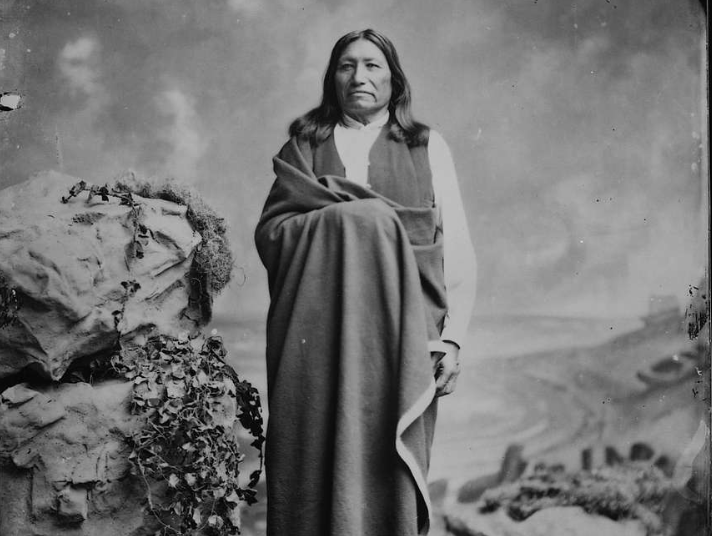 U.S. National Archives and Records Administration, Picryl
U.S. National Archives and Records Administration, Picryl
More Settlers, More Conflict
The discovery of gold in Colorado brought settlers flocking into the area. With no regard for the Treaty of Fort Laramie, they set up roads, settlements, and mining operations. Clashes between the Lakota and the US army ensued, and the situation would soon come to the very heartland of the Lakota.
A Brief Respite
While the US Civil War raged, the pace of migration into Lakota territory slowed down a bit. But the end of that terrible conflict ushered in a new flood of settlers to the region. These newcomers were drawn by the promise of gold, and they were prepared to ignore treaties in order to get their hands on it. The Lakota and their allies, the Northern Cheyenne and Arapaho, would have none of it.
Red Cloud’s War
The Oglala chief Red Cloud led an alliance of Lakota, Arapaho, and Cheyenne against the encroachment of US army and settlers in the Powder River region. He and his men emerged victorious in Red Cloud’s War, signing another treaty at Fort Laramie in 1868. This gave the Lakota permanent ownership of the Black Hills and a huge reservation covering the western Dakotas and Nebraska. But the triumph was short-lived.
Loss Of The Buffalo
Hunting by settlers and diseases destroyed huge swathes of the buffalo herds that had once filled the Great Plains. As many of the biggest herds began to disappear, the Lakota found it much harder to survive. There was more bad news on the way as well.
Black Hills Gold Rush
Gold had been discovered in the Black Hills and the existing treaty protections did nothing to deter men gripped by gold fever who continued to push into Lakota territory. A Lakota delegation travelled to Washington DC imploring President US Grant to enforce the treaty. The attempt failed. Now a new Lakota leader stepped forward.
Sitting Bull Takes Command
Though some Lakota leaders tried to talk the settlers out of coming to the Black Hills, others were prepared to stand and fight. One such leader was Sitting Bull, who soon gathered all the Lakota bands to unite together to resist the incursions into their traditional lands.
Sitting Bull’s Eerie Dream
As the Lakota refused US demands to return to the reservations, the US cavalry gathered in the region to force the Lakota to submit. In the days leading up to the fateful confrontation, Sitting Bull reported a vivid dream of US cavalrymen falling in the hundreds from the sky. He believed it was an omen of victory. He wouldn’t have to wait long to see if his dream would come true.
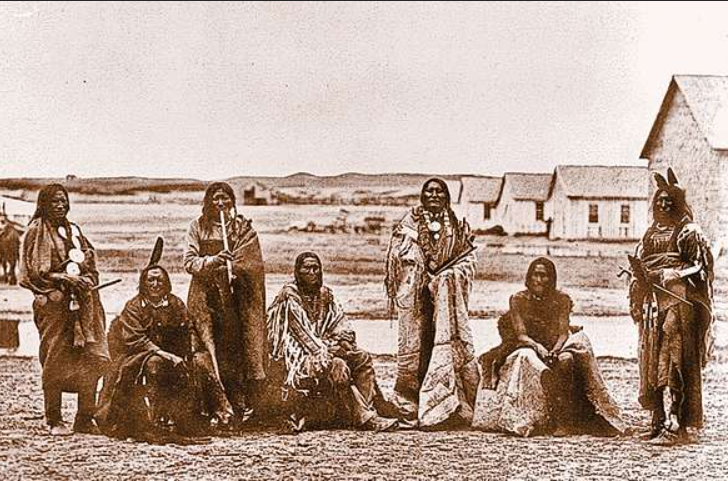 Courtesy Edward Clown Family, Picryl
Courtesy Edward Clown Family, Picryl
A Shattering Victory
US General George Custer thought there were only women and children at the Lakota camp on the banks of the Little Bighorn River. In fact, the whole warrior contingent was present. They turned on Custer’s men and wiped them out in one of the most shattering defeats ever suffered by the US army. At the Battle of Little Bighorn, Sitting Bull’s dream became a reality. But US forces continued to close in.
A Painful Loss
While the Lakota and their allies had won a historic victory, there was no way to stop the US forces as they continued to pursue the Lakota people. The US government seized the Black Hills and forced the Lakota people onto the Sioux Reservation.
Wounded Knee Tragedy
The Lakota people hit a tragic low point in 1890 at the Pine Ridge Reservation. Fear, mistrust, poor training, and out-and-out racism were a deadly combination as more than 100 Lakota were slain by US cavalrymen near Wounded Knee Creek. The Miniconjou chief Spotted Elk was one of the many victims. Sitting Bull also lost his life to US military action earlier that year.
The Lakota Today
Today the Lakota mostly live on five reservations in western South Dakota. They have additional territory in Montana, and there are several bands in southern Saskatchewan and Manitoba in Canada. The population of the Lakotas numbers over 70,000.
Looking To The Future
While the Lakota people have survived hardships that few other peoples have had to endure, the conditions on Lakota reservations are still marked by a high poverty rate, unemployment, lack of access to health care, and historical traumas. While the conditions are far from ideal, the Lakota still maintain their traditions and language with pride, courage, and an eye to the future.

